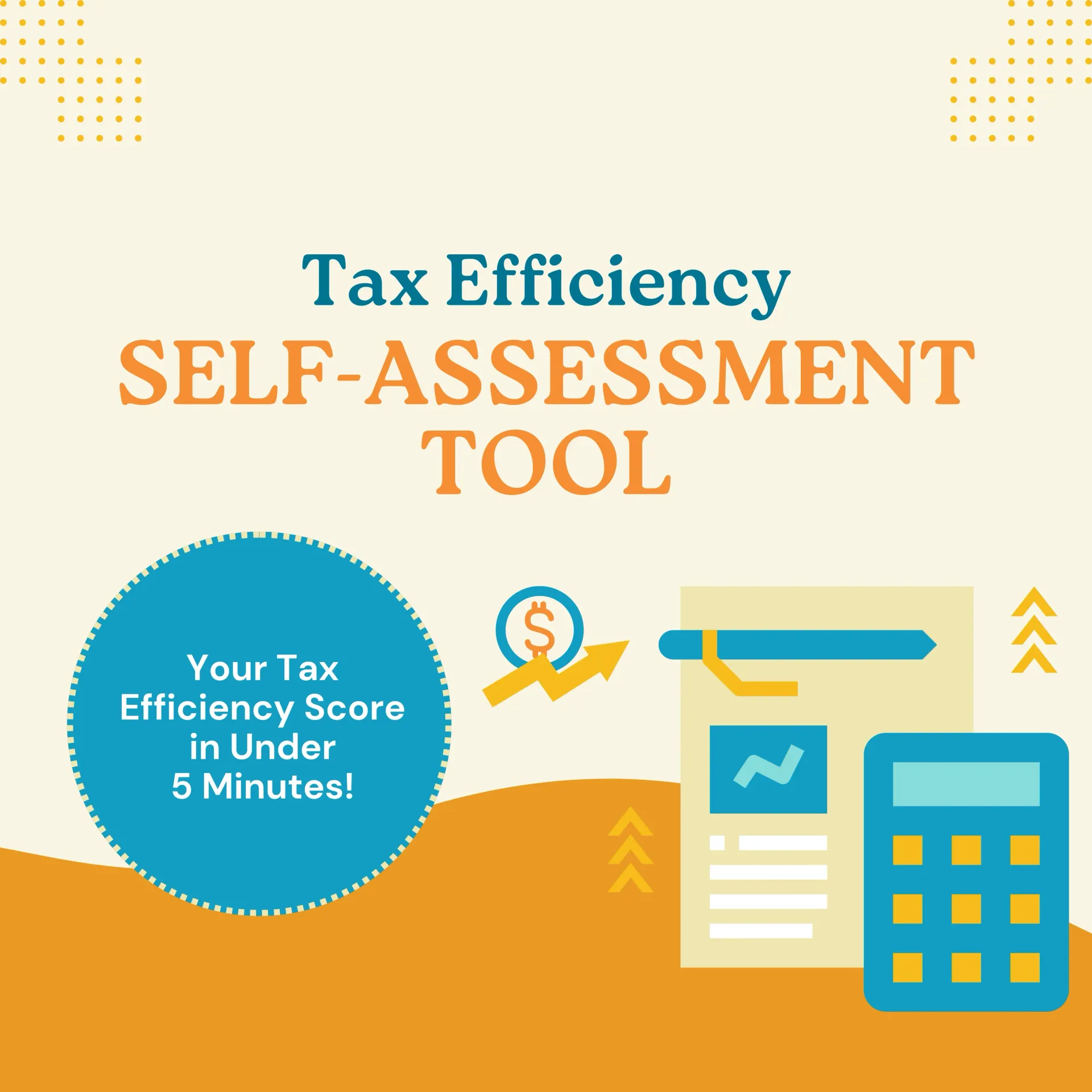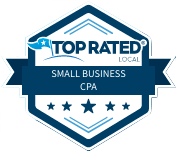How to Reduce Your Tax Bill with Smart Business Structuring

Choosing the Right Business Entity for Tax Savings
When it comes to reducing your tax bill, the structure of your business plays a major role. The right entity—whether an LLC, S-Corp, or C-Corp—can mean the difference between keeping more of your hard-earned revenue or overpaying in taxes. Many business owners unknowingly choose an entity without fully considering the tax implications of LLC vs S-Corp vs C-Corp, leading to unnecessary tax burdens.
Straight Talk CPAs has helped countless entrepreneurs navigate
business tax planning strategies, ensuring they take full advantage of available deductions and tax benefits. If you’re wondering how to pay less in business taxes, this guide will break down the key differences, advantages, and tax-saving opportunities for each structure.
Understanding the Tax Implications of Different Business Entities
Each business structure comes with its own set of rules, responsibilities, and tax treatments. The goal is to align your structure with your financial objectives, income level, and future growth plans.
Limited Liability Company (LLC): Flexible but Potentially Costly
Many small business owners start with an LLC because it offers liability protection with minimal paperwork. From a tax perspective, an LLC is considered a pass-through entity, meaning profits flow directly to the owner’s personal tax return. This avoids the double taxation issue that corporations face, but it also means paying self-employment taxes on all net income.
Example: A solo entrepreneur running an LLC with $100,000 in net income will owe around 15.3% in self-employment taxes, plus federal and state income tax. While deductions can help, this structure may not be the best long-term choice for higher earnings.
S-Corp: A Smart Move for Reducing Self-Employment Taxes
An S-Corp election can help business owners reduce self-employment taxes by splitting income into salary and distributions. The IRS requires reasonable compensation, but any remaining profits are not subject to Social Security and Medicare taxes, offering significant savings.
Example: Let’s say a business owner earns $120,000. Instead of paying self-employment tax on the entire amount, they take a $60,000 salary (subject to payroll taxes) and $60,000 in distributions, which avoids additional self-employment tax.
This strategy works well for businesses making at least $50,000 in net income annually. However, S-Corps require payroll setup and stricter IRS compliance.
C-Corp: Best for Larger Businesses and Future Growth
A C-Corporation is taxed separately from its owners, which means profits are subject to corporate tax rates before dividends are taxed again at the individual level (double taxation). However, the flat 21% corporate tax rate can be beneficial for businesses reinvesting profits rather than distributing them.
Example: A tech startup reinvesting profits into growth may benefit from the C-Corp structure, especially if it plans to attract investors or eventually go public.
The main downside? Double taxation. If you take dividends, you’ll pay taxes twice—once at the corporate level and again on personal income. But with the right tax planning, a C-Corp can still be advantageous in the long run.
Tax-Saving Strategies Beyond Business Structure
Choosing the right entity is just one part of the equation. Here are additional strategies to lower your tax bill:
- Maximize deductions: Track and deduct business expenses like home office costs, mileage, and equipment purchases.
- Use retirement contributions: Contributions to a SEP IRA or Solo 401(k) can lower taxable income.
- Employ family members: Hiring family members at a reasonable salary can shift income to a lower tax bracket.
- Consider tax credits: Look into available tax credits, such as the R&D tax credit or the Work Opportunity Tax Credit.
- Leverage the Augusta Rule: If you own a home, you may be able to rent it to your business for up to 14 days per year tax-free.
- Optimize employee benefits: Implementing tax-deductible employee benefits, such as health insurance or life insurance plans, can lower taxable income.
- Take advantage of the Section 199A deduction: If eligible, you can deduct up to 20% of your qualified business income.
- Review your depreciation strategy: Use Section 179 and bonus depreciation to write off asset purchases sooner.
- Utilize tax-loss harvesting: If you have investments, strategically managing gains and losses can reduce taxable income.
- Bunch deductions strategically: Timing deductible expenses, like charitable donations or medical expenses, for the right tax year can maximize savings.
- Explore Pass-Through Entity Tax (PTET) elections: If you operate in a high-tax state, this can help mitigate state and local tax deduction caps.
Which Structure is Right for Your Business?
The decision largely depends on how much your business makes, your reinvestment strategy, and whether you plan to take distributions or reinvest profits. Here’s a quick guide:
- LLC: Best for small businesses that prefer flexibility but can result in higher self-employment taxes.
- S-Corp: Ideal for businesses earning over $50,000 that want to minimize self-employment taxes.
- C-Corp: Best for larger businesses, especially those reinvesting profits or seeking investors.
Final Thoughts
Taxes can be a business’s biggest expense, but smart business structuring can help you reduce what you owe. Whether you stick with an LLC, switch to an S-Corp, or opt for a C-Corp, understanding the nuances of each entity is crucial. Straight Talk CPAs specializes in helping business owners navigate tax-efficient strategies, ensuring you don’t pay more than necessary.
If you’re unsure which entity is right for you, now is the time to strategize. The right decision today can mean thousands in savings tomorrow.
Discover Your Tax Savings Score in Minutes!


Salim is a straight-talking CPA with 30+ years of entrepreneurial and accounting experience. His professional background includes experience as a former Chief Financial Officer and, for the last twenty-five years, as a serial 7-Figure entrepreneur.




